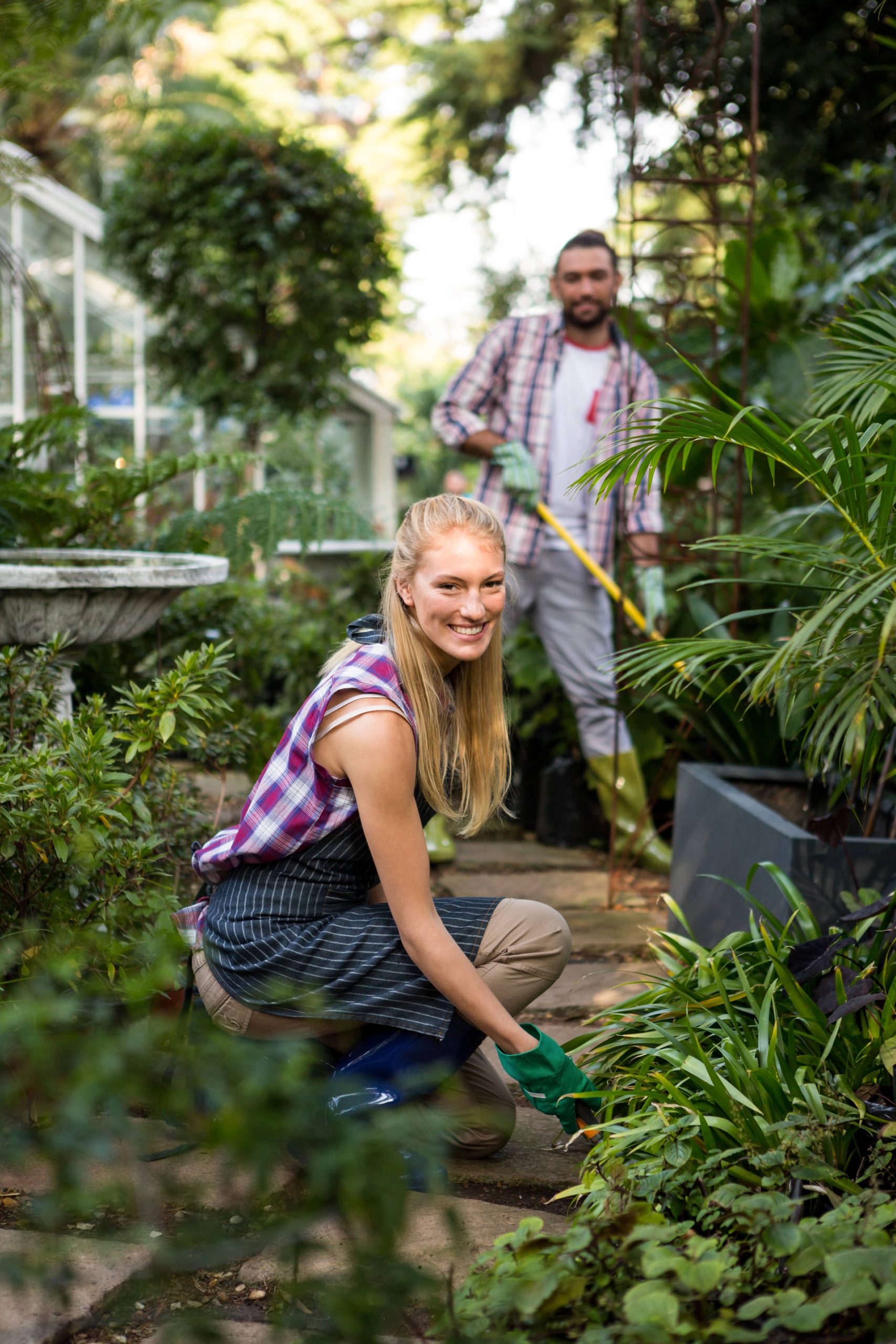
Gardening is a rewarding endeavor that not only beautifies your surroundings but also provides a bounty of fresh produce. However, the true art of gardening extends beyond planting and nurturing; it involves knowing the optimal methods for collecting and preserving your garden harvests. This ensures that the fruits of your labor are enjoyed long after the growing season has ended. In this post, we will explore the best practices for harvesting and preserving your garden produce, ensuring maximum flavor, nutrition, and longevity.
Timing is Everything
The first step in optimal harvesting is knowing when to pick your produce. Each type of fruit or vegetable has its own peak time for harvesting, which is crucial for flavor and nutritional value.
– Tomatoes should be picked when they are fully colored and slightly soft to the touch.
– Cucumbers are best harvested when they are firm and have reached the desired size, but before they turn yellow.
– Leafy greens like lettuce and spinach should be picked when the leaves are tender and before they start to bolt.
Harvesting at the right time not only enhances taste but also extends the shelf life of your produce.
Tools of the Trade
Using the right tools can make a significant difference in the harvesting process. Sharp scissors or pruning shears are essential for cutting herbs and delicate vegetables without damaging the plant. For root vegetables, a garden fork can help lift them from the soil without bruising. Always ensure your tools are clean and sharp to prevent the spread of disease and to make clean cuts that heal quickly.
Gentle Handling
Once harvested, handle your produce with care. Bruising can lead to faster spoilage, so it’s important to be gentle. Use baskets or containers with soft linings to transport your harvest. Avoid stacking produce too high, as the weight can cause damage to the items at the bottom.
Immediate Processing
For the best flavor and nutritional value, process your harvest as soon as possible. This might mean washing and drying leafy greens, trimming and storing root vegetables, or blanching and freezing certain items. Immediate processing helps to lock in freshness and prevent spoilage.
Preservation Techniques
Preserving your garden harvests allows you to enjoy them throughout the year. Here are some popular methods:
1. Freezing: This is one of the simplest methods. Most vegetables need to be blanched before freezing to preserve color, flavor, and nutritional value. Simply boil them for a few minutes, then plunge them into ice water before packing them into freezer bags.
2. Canning: This method is ideal for fruits, tomatoes, and pickles. It involves placing food in jars and heating them to a temperature that destroys microorganisms and inactivates enzymes. This process creates a vacuum seal that prevents spoilage.
3. Drying: Herbs, fruits, and some vegetables can be dried to extend their shelf life. This can be done using a dehydrator, an oven, or simply air drying. Dried produce should be stored in airtight containers in a cool, dark place.
4. Fermenting: This ancient method not only preserves food but also enhances its nutritional value. Vegetables like cabbage, cucumbers, and carrots can be fermented to make sauerkraut, pickles, and kimchi. The process involves submerging vegetables in a saltwater brine, allowing beneficial bacteria to thrive and preserve the food.
Storage Solutions
Proper storage is key to maintaining the quality of your preserved produce. Here are some tips:
– Cool and Dark: Store canned goods and dried produce in a cool, dark place to prevent spoilage and nutrient loss.
– Humidity Control: Root vegetables like carrots and potatoes store well in a cool, humid environment. A root cellar or a refrigerator crisper drawer can work well.
– Airtight Containers: Use airtight containers for dried goods to prevent moisture and pests from getting in.
Conclusion
Collecting and preserving your garden harvests is an essential part of gardening that ensures you can enjoy the fruits of your labor year-round. By understanding the optimal times for harvesting, using the right tools, handling produce with care, and employing effective preservation techniques, you can maximize the flavor, nutrition, and longevity of your garden bounty. Whether you’re freezing, canning, drying, or fermenting, each method offers unique benefits that can enhance your culinary experiences and provide a taste of summer even in the depths of winter. Happy gardening and preserving!







